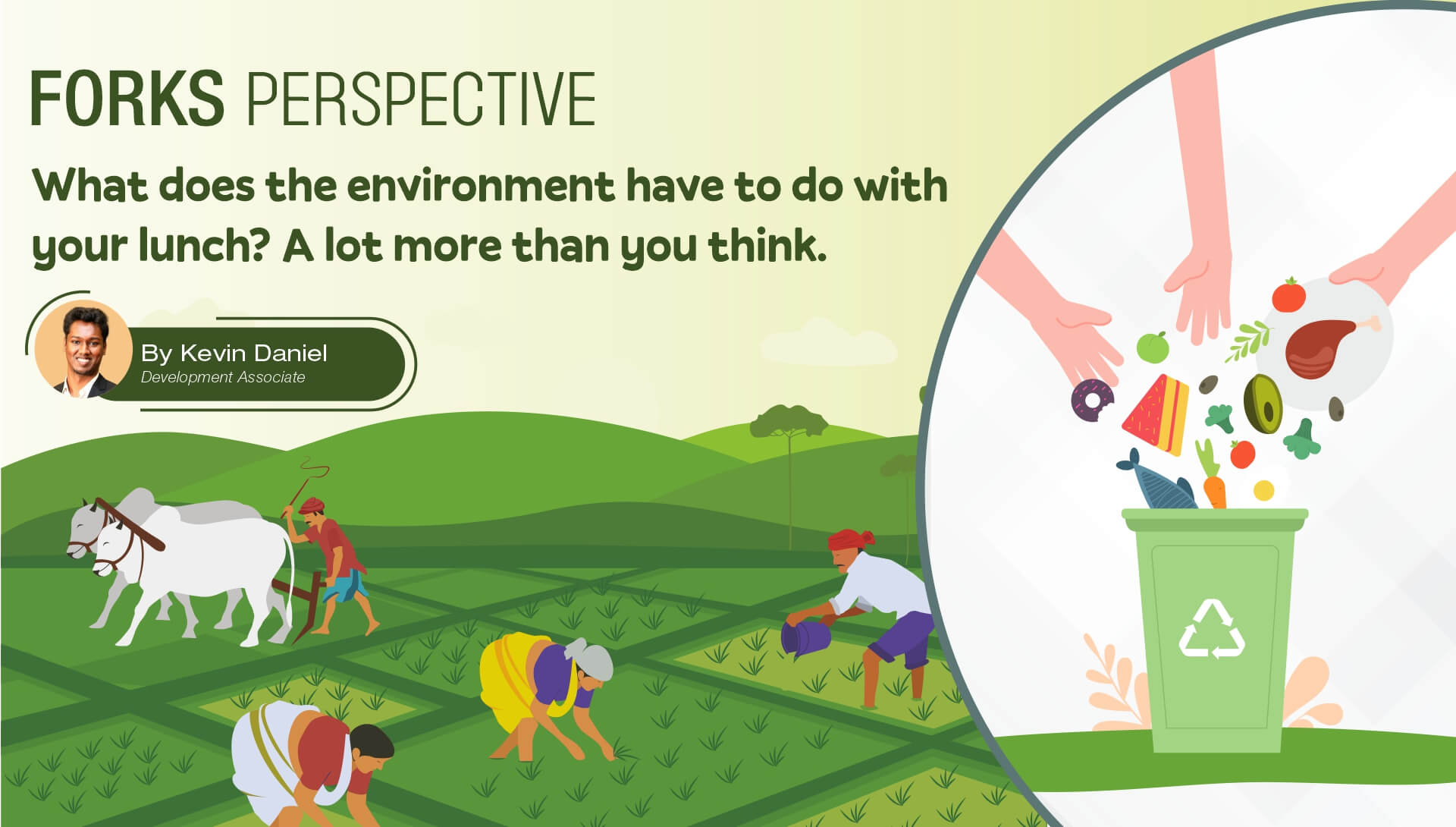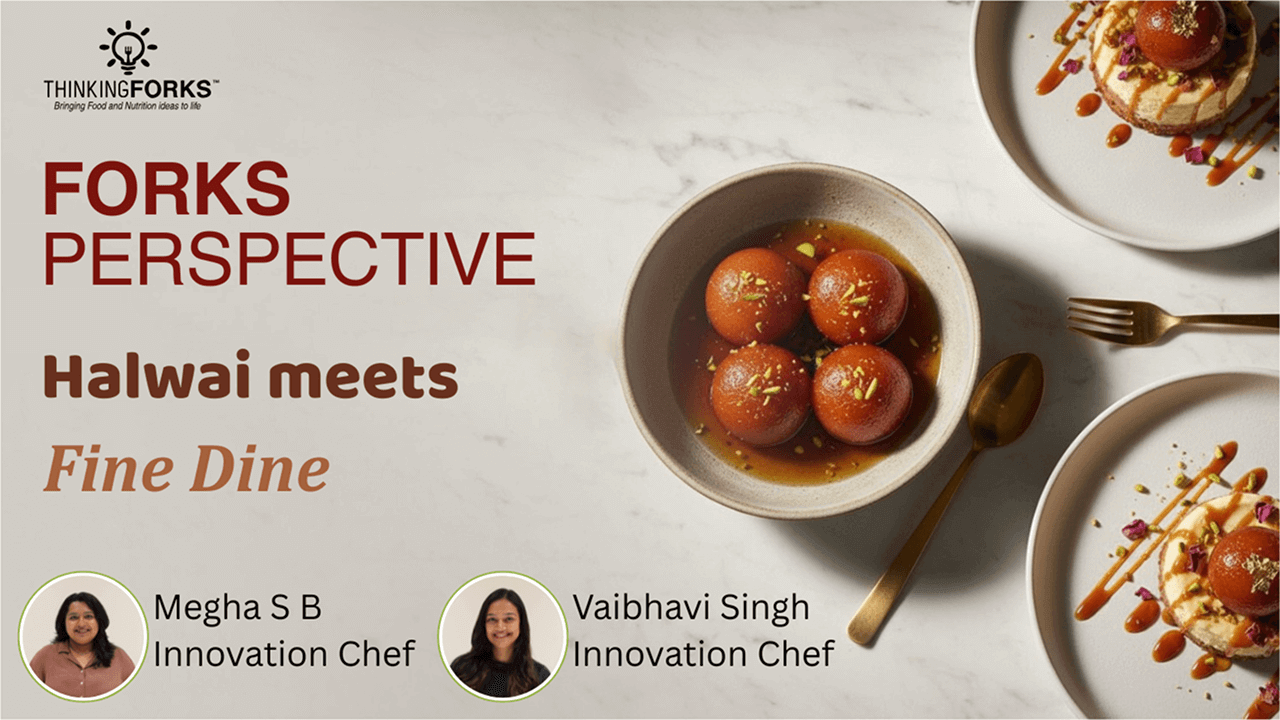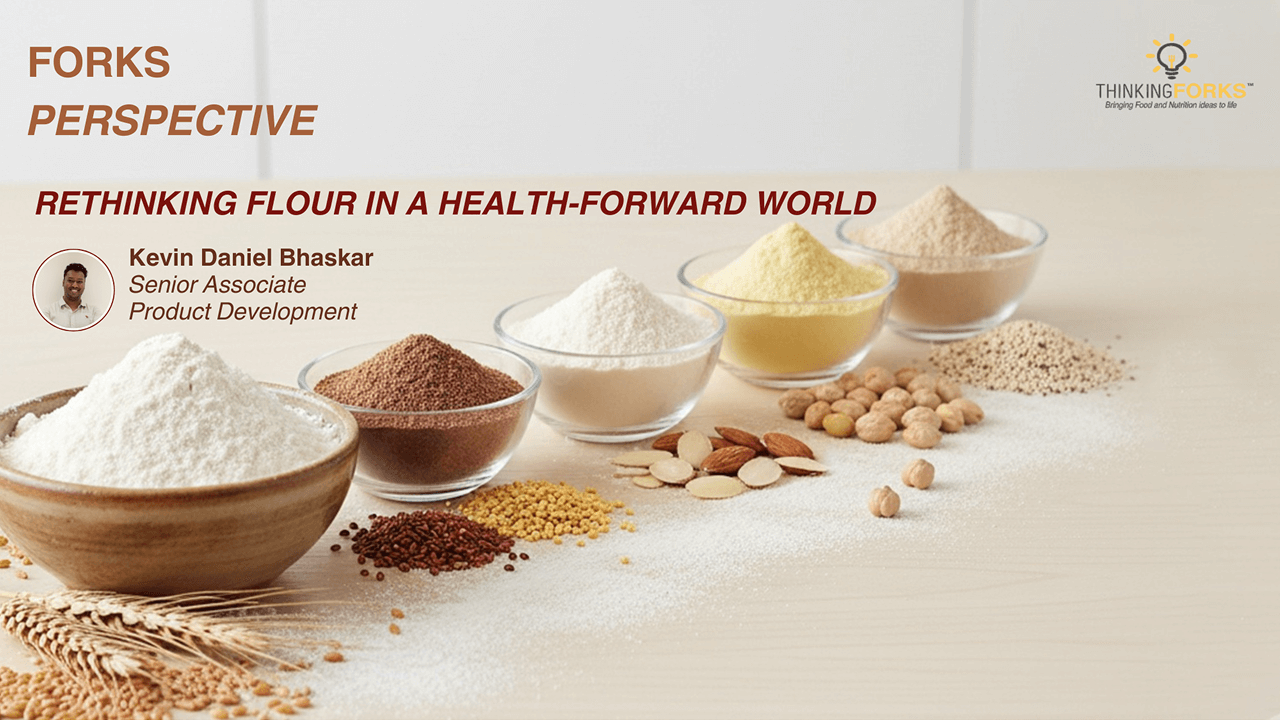Every World Environment Day, we hear renewed calls for planting trees, clean-ups, or plastic bans. But for me, the most profound way we touch the environment is through our plates. Food isn’t just sustenance but a powerful barometer of how we’re treating the planet. What drew me into food science wasn’t just curiosity but the deep belief that food, when reimagined, can be one of the most scalable solutions to climate and public health challenges. That belief continues to shape how I look at sustainability as an intersection of food, environment, and equal access.
Our food systems feed over 8 billion people, but there are costs. Reimagining them isn’t optional anymore; it’s the baseline for building a more resilient and planet-positive future for food. From greenhouse gas emissions to depleted soils and shrinking biodiversity, the environmental toll of modern agriculture is no longer background noise. This year, I’ve been reflecting on the interconnected tenets that I believe are reshaping how food must respond to our environmental reality : food systems, food waste, supply chain gaps, food insecurity, the nutrition-sustainability trade-off, consumer behaviour, and cultural intelligence. Each of these isn’t just a macro issue but show up in the lab, on the label, and often, in the blind spots of innovation.
Food waste is one of the most visible yet poorly resolved inefficiencies in our system. Globally, nearly 30% of food produced is lost or wasted. In India, post-harvest losses for fruits and vegetables can reach 30–40%, largely due to poor storage and infrastructure. The fact that onion spoilage alone contributes to over 4 million tons of annual waste puts this in perspective. At Thinking Forks, we’ve come to see waste valorization as a core principle, not a side note. Whether it’s functional ingredients from refuse or by-product upscaling, we’ve only scratched the surface of what food “waste” can become.
Even when food is processed right, getting it to the right place at the right time is its own challenge. India’s fragmented supply chain is marked by cold storage gaps and transport delays, which creates losses long before food reaches the plate. Tomatoes flooding mandis (wholesale markets) one week and disappearing the next isn’t just an economic issue; it’s a supply chain failure. For R&D and innovation, this means designing products with longer shelf lives, lower cold chain dependency, and flexible sourcing to withstand volatility.
The next tricky highlight – Not everything good for you is good for the planet. The almond milk you sip might be low in calories but high in water use. Quinoa could be nutrient-dense but ecologically stressed in its origin markets. Millets and native grains, on the other hand, offer far more sustainable alternatives without compromising on nutrition. Nutrition-sustainability trade-offs aren’t always obvious, but they’re critical. As part of this conversation, it doesn’t help that consumers are overwhelmed by misleading claims. “Natural,” “green,” “low carbon” – most of these claims are either unverified or too technical to act on. People care, but they’re tired of needing a PhD to read a label. The answer isn’t to offload the responsibility onto individual consumers but to make better choices easier. Brands that build trust consistently, communicate sourcing honestly, and remove the friction from sustainable choices will lead the next phase of food innovation.
Next, we live in a country where abundance coexists with hunger. India ranks 105 out of 127 in the 2024 Global Hunger Index, despite being the world’s top producer of dairy, pulses, and spices. This disconnect between what we produce and who gets access is a brutal reminder of the inequity within our food systems. For those of us in product development, this means pushing for fortified foods that taste good, accessible packaging formats, and optimal nutrition delivery that can work in both rural and urban contexts.
And then there’s the layer that’s closest to home : our cultural memory. Food sustainability doesn’t have to mean lab-grown everything or imported superfoods. India’s traditional diets are filled with sustainability goldmines. For example, Tamil Nadu’s humble kanji made from leftover rice water is gut-friendly, low-waste, and thermally efficient. These aren’t outdated relics but are models worth adapting. The next wave of product innovation can be old wisdom led, as opposed to hyper-modernism.
For me, food sustainability isn’t about being preachy or perfect but being deliberate. These tenets aren’t theories, they’re questions I sit with every day in laboratories, research deep dives, and even simple sourcing dilemmas. At work, we’re committed to turning these reflections into real-world action – one ingredient, one product, and one conversation at a time. Some food for thought to sign off : the most powerful climate tool might just be the next thing we choose to eat.




